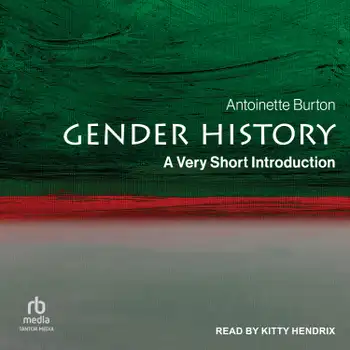This volume introduces the field of gender history—its origins, development, reception, recalibrations, and frictions. It offers a set of working definitions of gender as a descriptive category and as a category of historical analysis, tracing the emergence, usage, and applicability of these entwined subjects.
Inevitably political, gender history has taken aim at the broader field of historical narrative by asking who counts as a historical subject, what difference gender makes, and how attention to it subverts reigning assumptions of what power, culture, economics, and identity have been in the past—and what they are today. The book explores how gender analysis has changed interpretations of the histories of slavery, capitalism, migration, and empire.
As a field, gender history has been extraordinarily influential in shaping several generations of scholars and students. And, as part of the movement toward gender equality that is key to modern western progress, gender history has been caught up in the culture wars that continue to shape post-global society. The practice of gender history has always run up against the forces of race, class, and sexuality that challenge the singularity of gender itself as an explanatory category of historical analysis. That powerful, unruly tension is at the heart of this Very Short Introduction.
